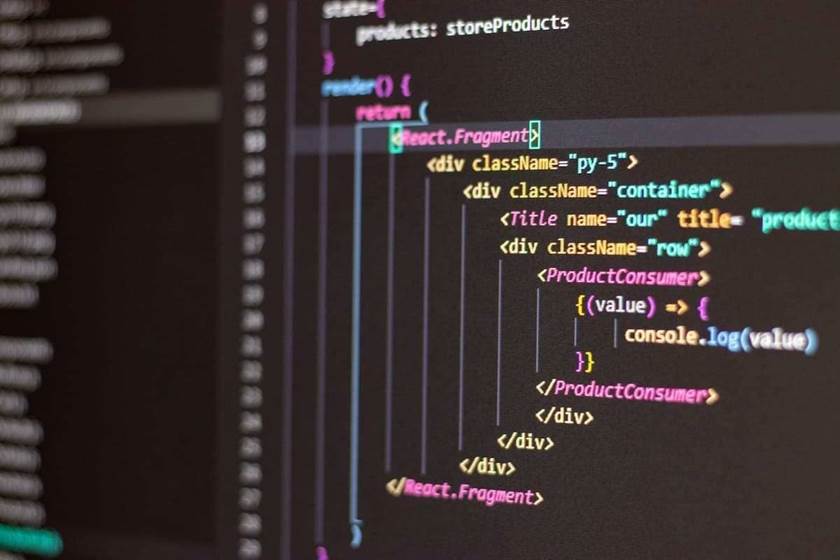How An E-commerce Mobile App Is Built
But the highlight of the app is its ACCESS loyalty system, which employs the gamification approach to make shopping more exciting. The more you spend, the higher your tier — and with high tiers come the most exclusive rewards. For example, customers in the Private Client tier can request the services of a personal stylist and fashion concierge. All customers are greeted with a screen dedicated exclusively to the latest drops and hottest offers, which boosts conversion rates and makes for a nice-looking home page.

Instability and crashes are a no-go for a mobile eCommerce app. Making the app stable should be included in your “to-do” list if you plan to drive sales and receive high ROI. In general, users prefer not to waste their time on apps that are not consistent or well-balanced. Pre-packaged apps give you all the features you need to start selling your products on Android and iOS devices. A Clutch survey reports that application development costs range between $ 30,000 to $ 700,000.
Never neglect this stage and invest in building UX/UI designs. This is a fair opportunity to stand out from the competition. Gives users the best performance possible, higher efficiency, and a much better user experience since such solutions are tailored specifically for the needs of a project. mobile eCommerce app An app should feature an array of shipping options to meet the needs of the most exacting users. Make sure your app features an extensive product gallery with all information needed to find out more about the products. You may be asking yourself, “How do I launch an eCommerce app?
This opens up the possibility to use the same style values in both design files and code. To avoid cluttered code and facilitate code maintainability/scalability, we built our app’s architecture according to generally accepted standards described in the Android documentation. A created a buzz around with the opportunities it opens for businesses and…
This choice will impact many of the app’s features and branding options. Even such simple tests show that there are significant differences in the approaches we compared. Still, performance is not a decisive eCommerce mobile app development feature.

LogRocket is like a DVR for web and mobile apps and websites, recording literally everything that happens on your ecommerce app. Instead of guessing why users don’t convert, LogRocket proactively surfaces the root cause of issues that are preventing conversion in your funnel, such as JavaScript errors or dead clicks. LogRocket also monitors your app’s performance, reporting metrics like client CPU load, client memory usage, and more. WordPress WooCommerce allows developers to generate RESTful APIs to consume an ecommerce store in different channels.
Many of those sales come from retail websites and online marketplaces, but eCommerce apps are responsible for an increasingly larger share. In the application’s directory, navigate to the src folder created in the previous step. Once you send the request, it will require you to add the authorization details. To do so, navigate to the Authorization tab and choose Basic Auth. Enter your WooCommerce consumer key as the username and consumer secret key as the password.

Social media and direct website links are other ways you can advertise your software. Additionally, users will likely find your app via organic search. Your app URL might not be distinctive if you utilize a low-cost or free app production platform, and you might not be able to promote it immediately.
Here are a few steps you need to follow to make an efficient online facility for your business. The final stretch of the customer journey can become the most stressful one, because we as humans inherently dislike ambiguity and incalculable risks. Once your eCommerce app is launched, don’t forget to monitor how it’s performing.

Optionally, you can extend a team to include a project manager and full-stack web developers. If there are both a mobile e-commerce application and a website, you need to make sure that the user can easily switch between the two to be able to complete their purchase. Synchronization will ensure that any user is getting the same product and experience, whether they are on a PC or their phone and tablet. But if you still doubt if you need to develop an ecommerce app, here are 3 reasons for you.